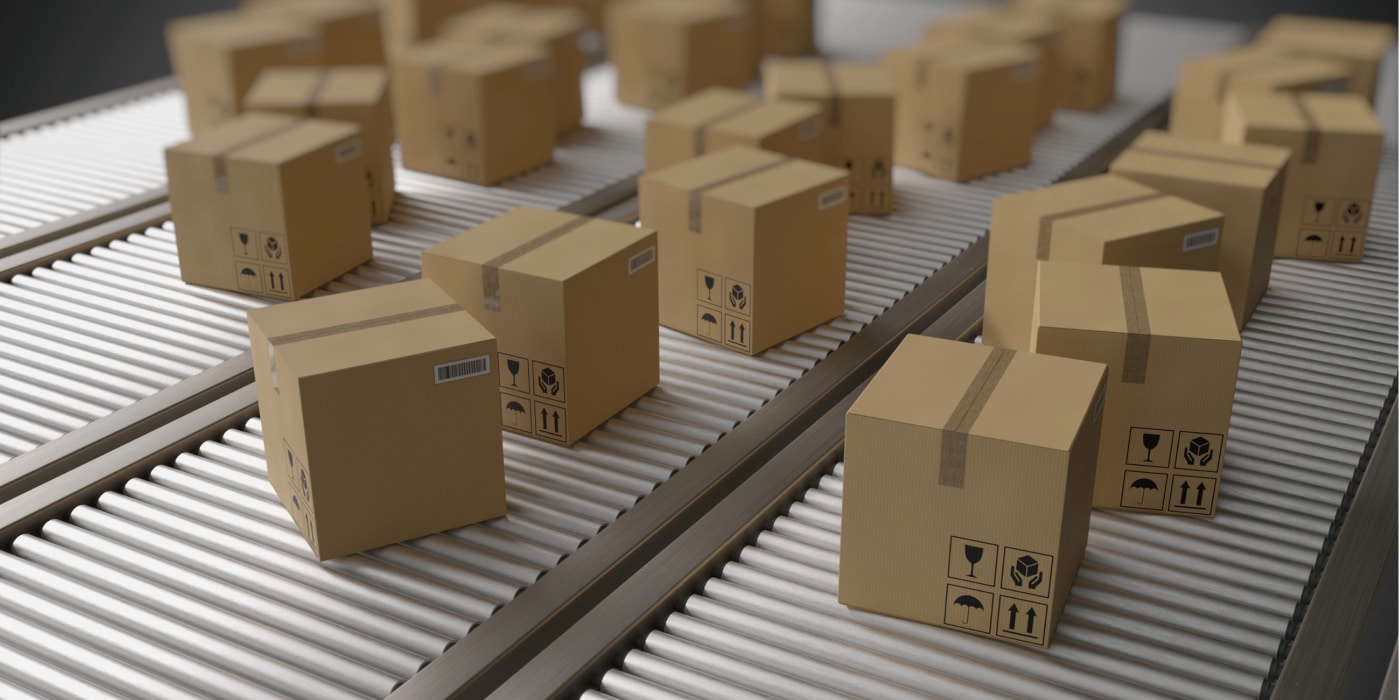How Micro-Fulfillment Centers Impact In-House Delivery Fleets
With consumer expectations growing for same-day delivery, retailers and logistics providers are under increasing pressure to innovate their fulfillment and delivery operations. To meet consumer demands, companies are increasingly investing in micro-fulfillment centers (MFCs). The U.S. micro fulfillment market size is forecast to accelerate from $1.91 billion in 2024 to nearly $38.26 billion by 2034, according to a report from Precedence Research. Unlike traditional massive fulfillment centers situated far from consumers, MFCs are small facilities close to urban and suburban populations to speed up order processing and last-mile delivery.
By decentralizing inventory storage and bringing stock closer to dense population centers, MFCs enable same‑day or even one‑hour delivery time-windows that consumers expect. Micro-fulfillment centers are optimized for fast picking, packing, and delivery of online orders, often using automation and robotics to streamline operations. Retailers from grocery chains to big-box stores are turning to MFCs to shrink the distance between products and customers.
Here’s a look at how micro-fulfillment centers are affecting in-house delivery fleets, driving increased speed, efficiency, and customer satisfaction.
Higher Delivery Frequency
Because MFCs are located closer to customers, delivery routes become shorter, enabling in-house fleets to complete more deliveries per shift. Smaller service areas concentrate deliveries into tighter geographic clusters, boosting route efficiency. When delivery points are closer together, companies can batch more deliveries into a single route, minimizing idle time between stops and maximizing resource utilization.
Fleet productivity increases, as more deliveries can be completed per hour and per vehicle. Shorter routes in urban areas also open the door for retailers to diversify their fleets and use different transportation methods to deliver packages faster and more efficiently. Smaller vehicles such as cargo bicycles and electric vans can make it easier to navigate around busy city streets. Partnering with a drone delivery provider can enable businesses to make quicker deliveries without having to worry about traffic jams or unexpected delays.

Cost Savings
Since MFCs are located closer to the customer, delivery drivers spend less time on the road, reducing fuel and maintenance expenses. With tighter delivery zones, a single route can accommodate more deliveries. This further lowers costs and fuel consumption, helping in-house fleets operate more sustainably and cost-effectively. Robotic picking, packing, and sorting systems increase fulfillment speed while reducing the number of workers needed compared to traditional fulfillment centers.
Retailers using their own fleets avoid paying commissions or markups to on-demand delivery services or third-party logistics providers. Traditional fulfillment requires large, centralized warehouses with high rent and long lease terms. Micro-fulfillment centers reduce this burden by utilizing underused real estate including store backrooms, basements, or small urban warehouses, reducing or eliminating rental costs.
Enhanced Customer Satisfaction
With MFCs positioned closer to the end customer, order fulfillment can begin within minutes of purchase. When combined with a retailer’s own delivery fleet, this proximity allows for same-day delivery without reliance on third-party schedules. Faster fulfillment allows retailers to offer multiple same-day delivery time-windows and accommodate different customer preferences. This kind of flexibility is especially valuable for perishable items as well as time-sensitive orders. Flexible delivery options give customers more control over when they receive their orders, reducing failed deliveries and costly redelivery attempts.
When inventory is managed locally, customers may be allowed to add items to an order after purchase or choose from real-time substitutions in case the item they want is not available. Micro-fulfillment centers also enable retailers to expand their omnichannel fulfillment options, giving customers more convenience and flexibility based on their schedules. Orders can be routed for in-store pickup or locker delivery. Hybrid models allow customers to pick up some items at stores and have others delivered based on availability.
Companies that successfully integrate micro-fulfillment centers with robust in-house delivery fleets will transform their last-mile logistics operations. Micro-fulfillment centers empower in-house fleets to increase delivery opportunities per day without increasing fleet size. That means more deliveries, faster turnaround, better use of vehicles and drivers, and a better customer experience.
For more information about how our delivery management solution can help you manage your delivery operations more efficiently, please contact info@bringoz.com.
